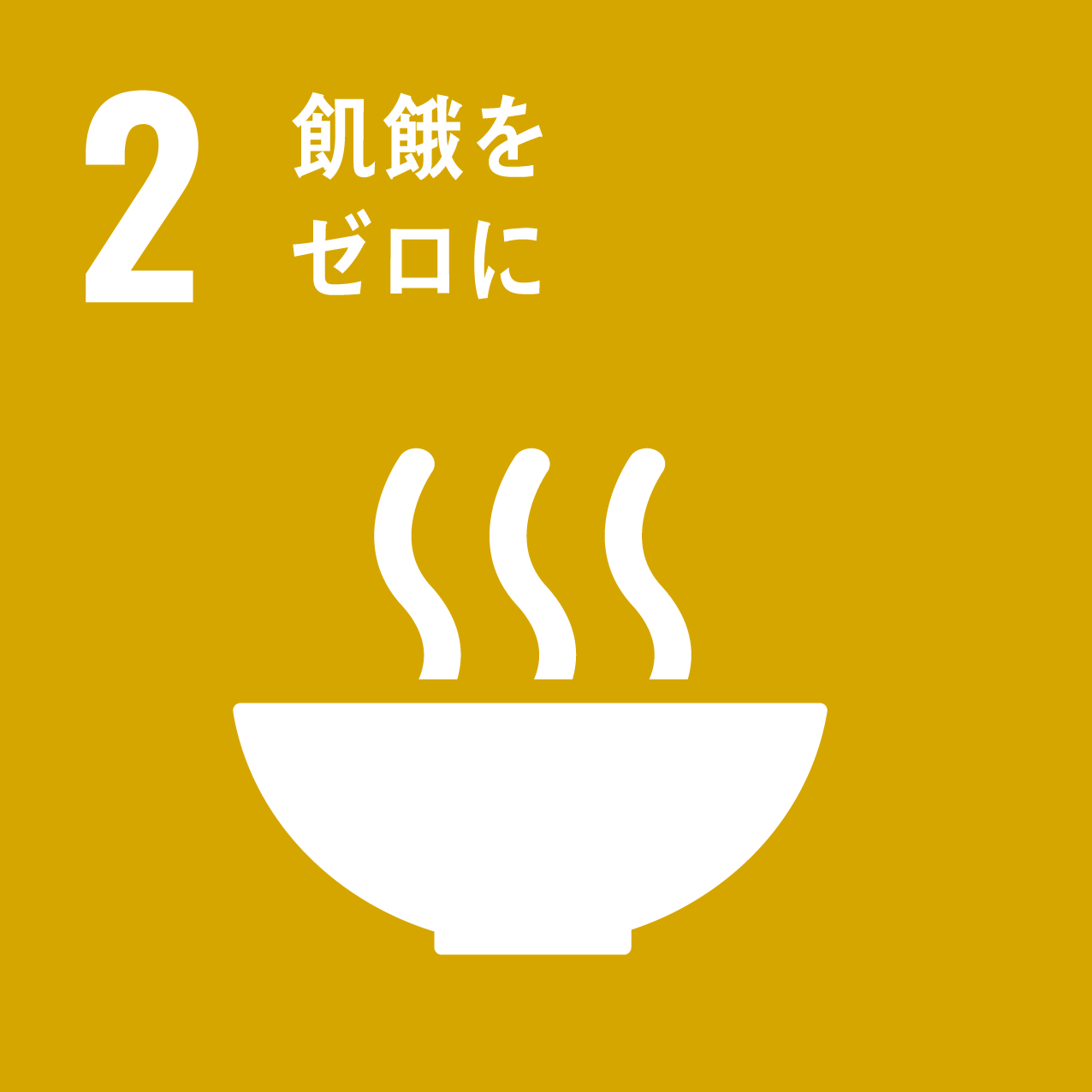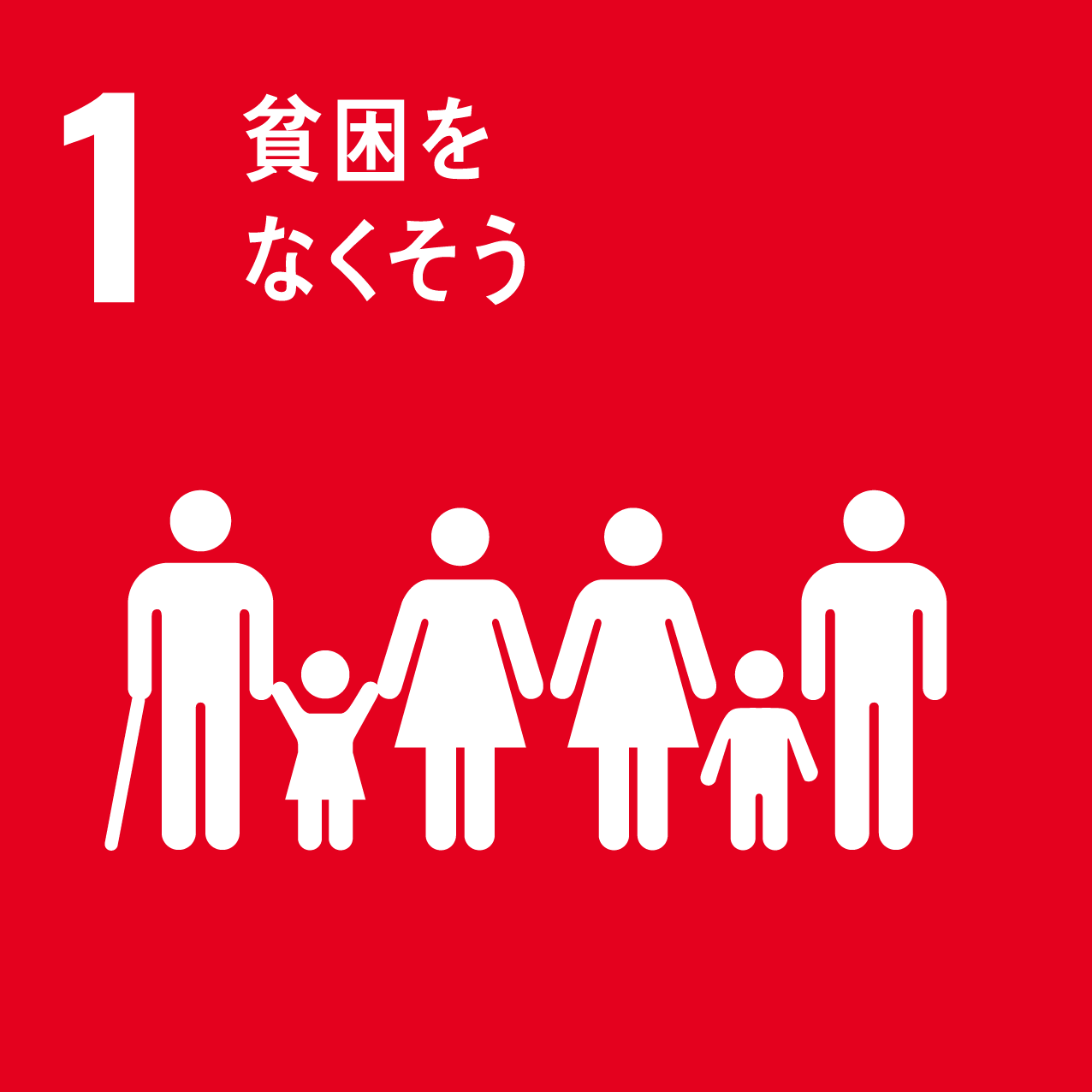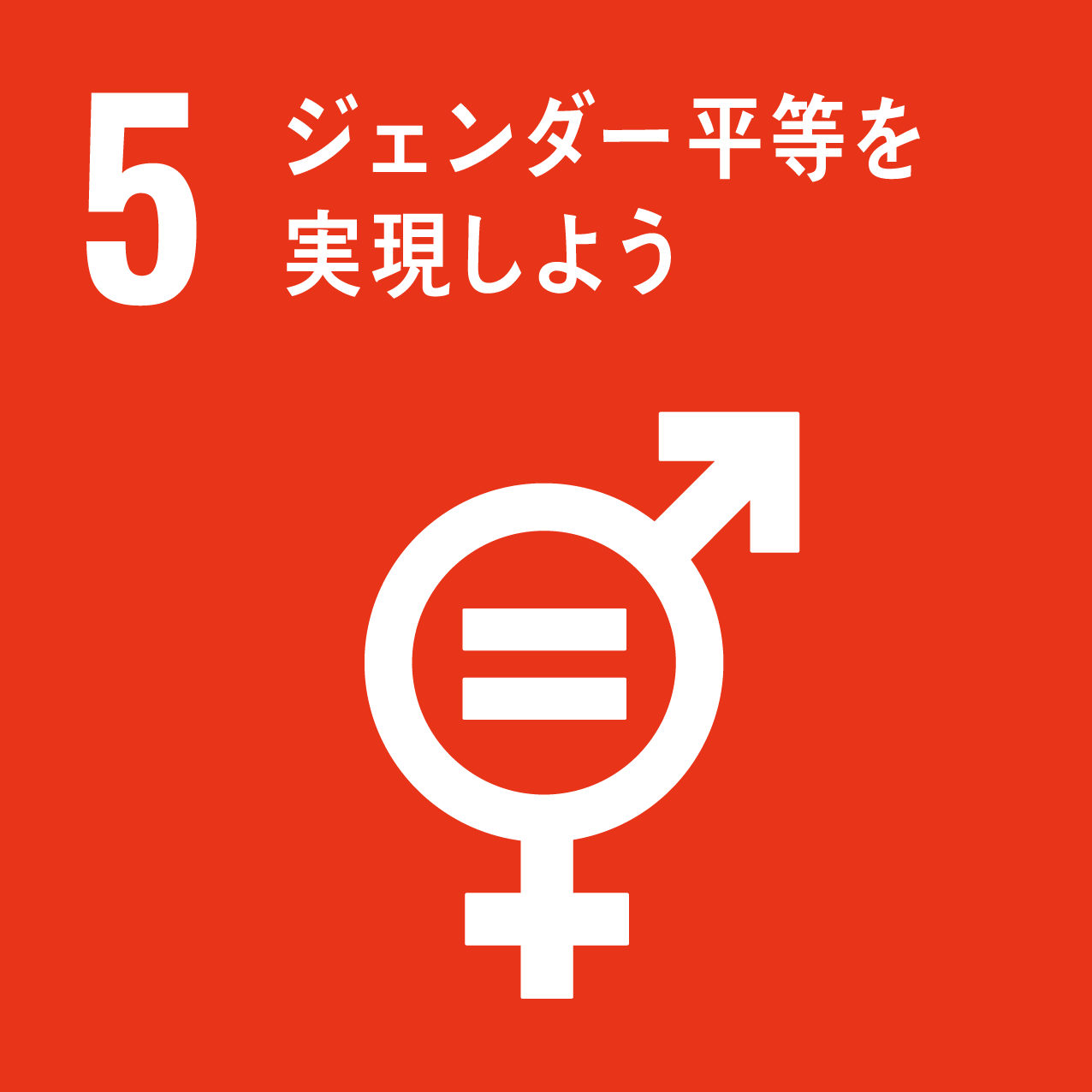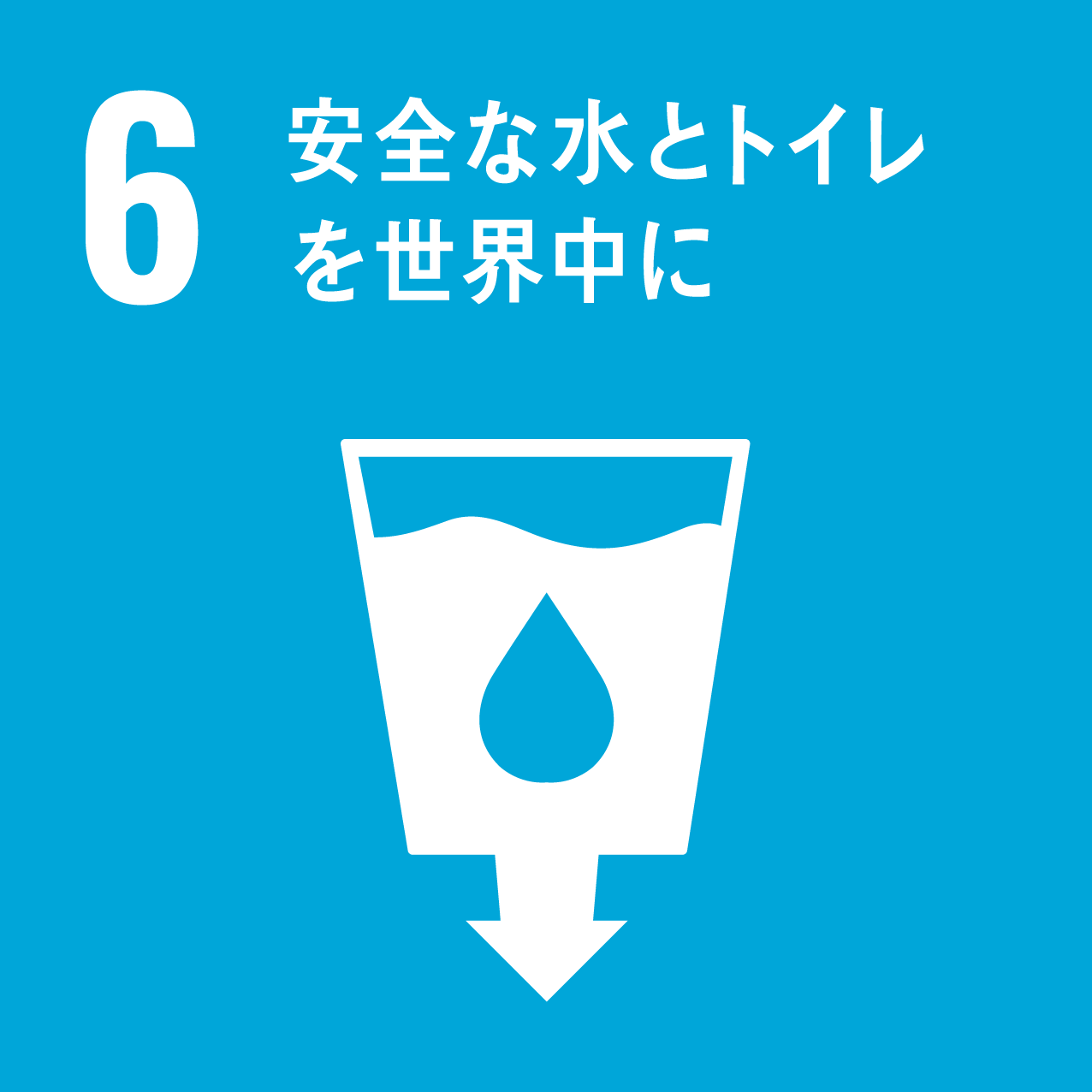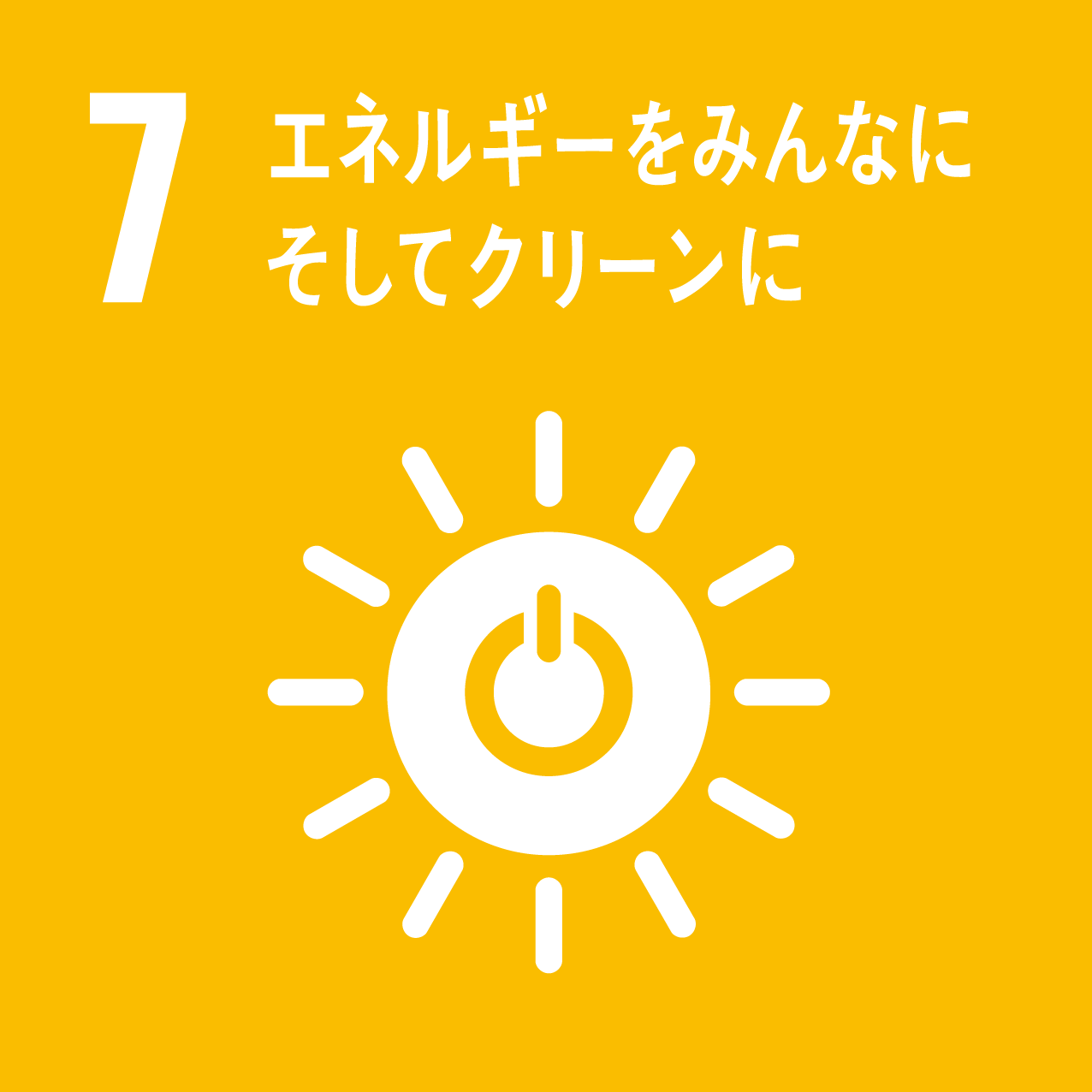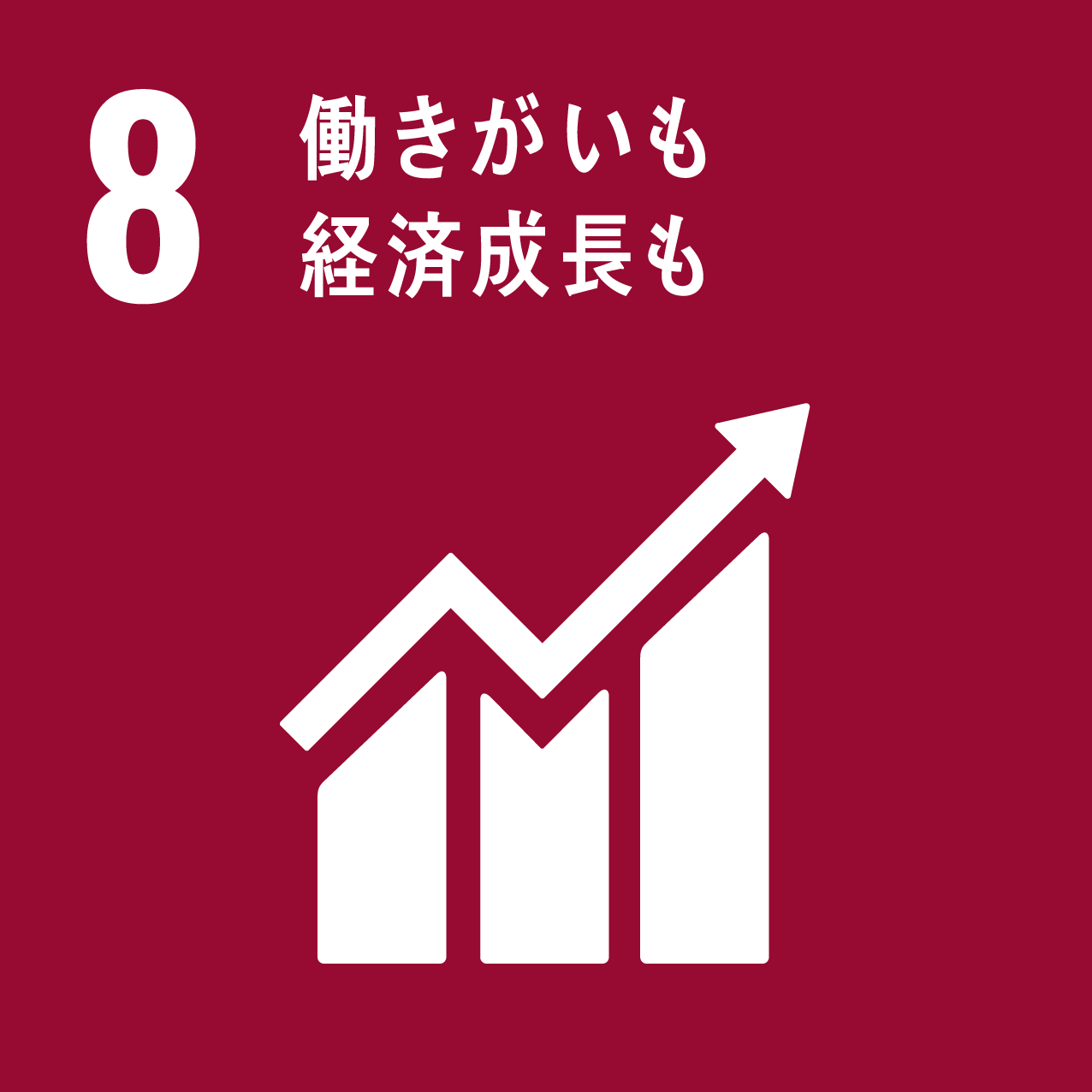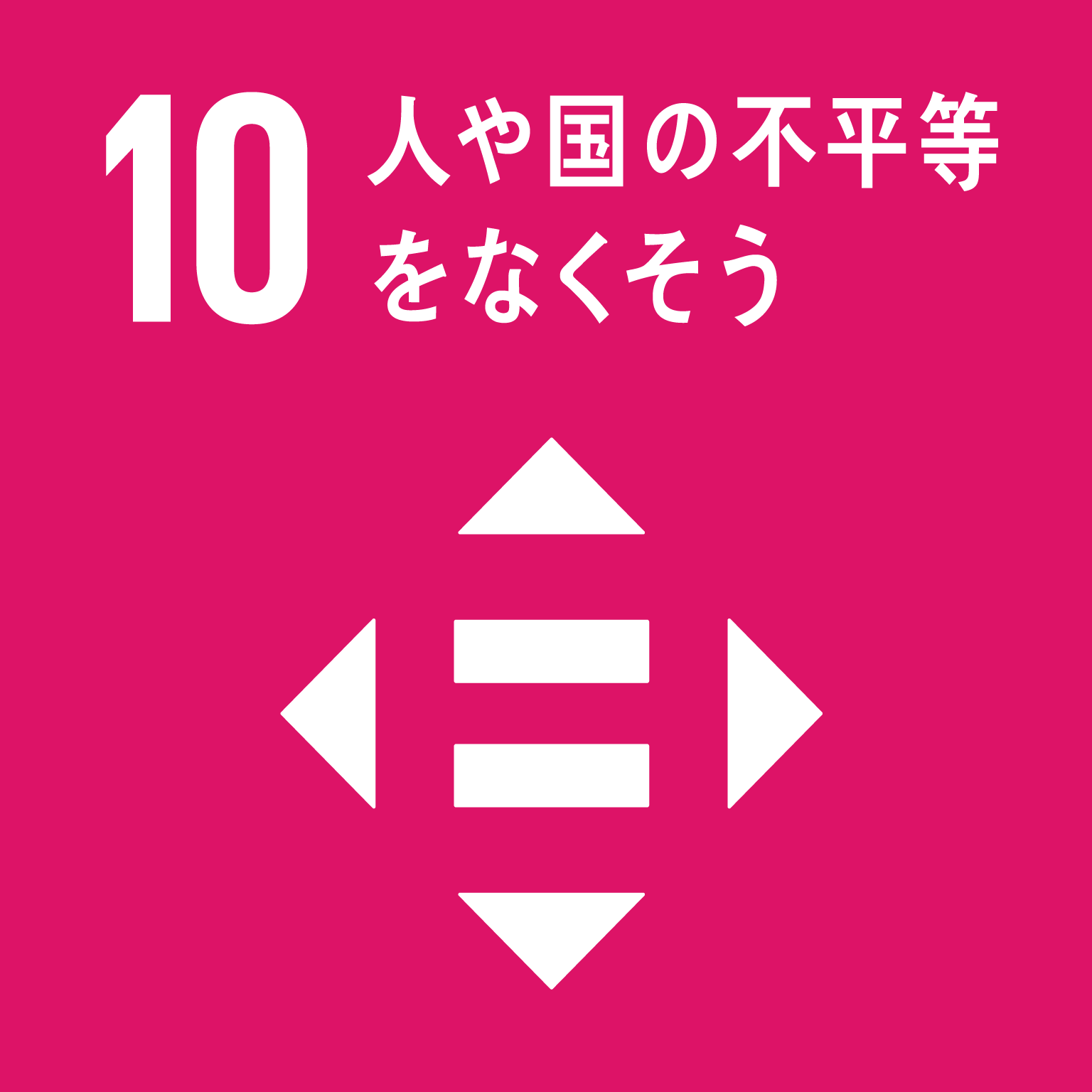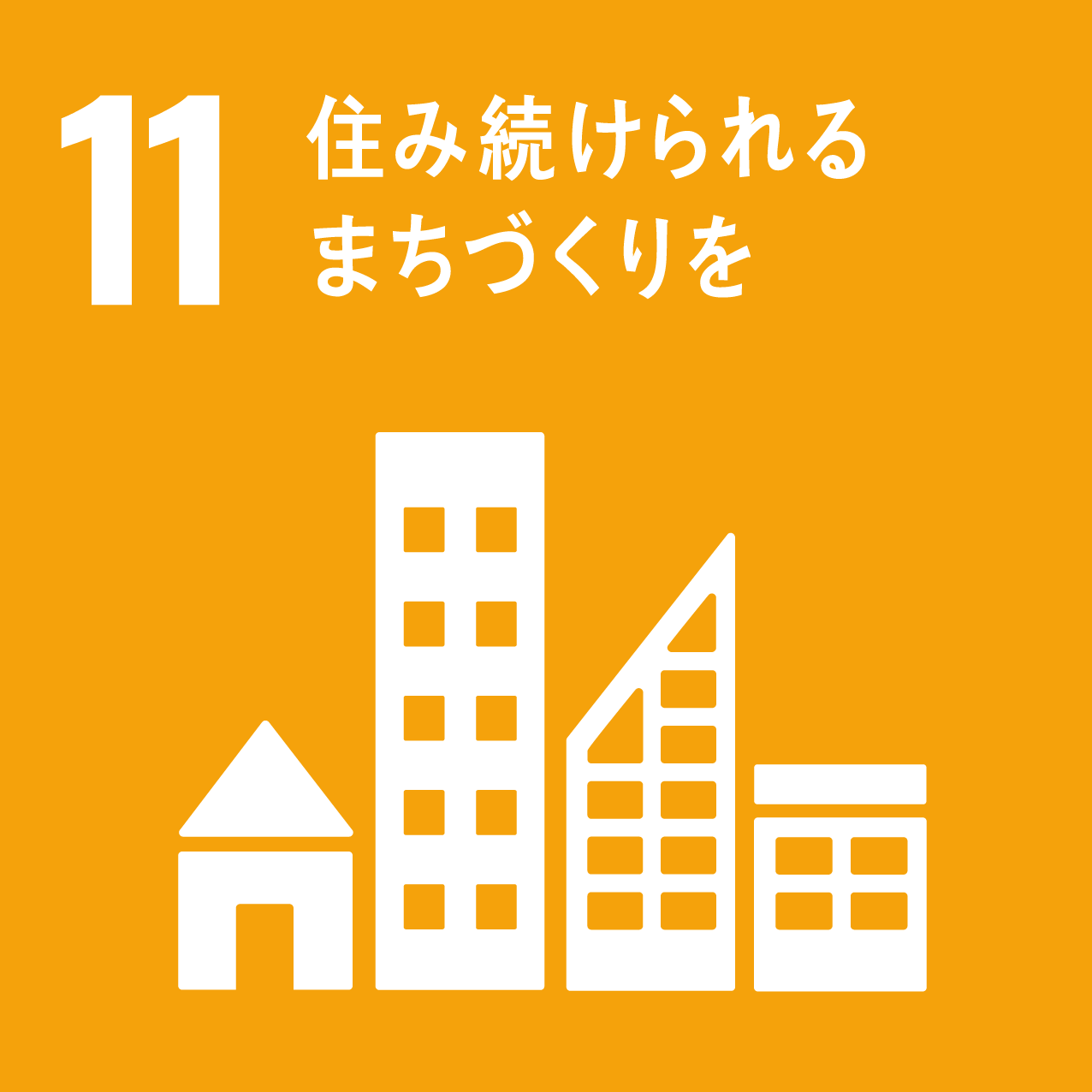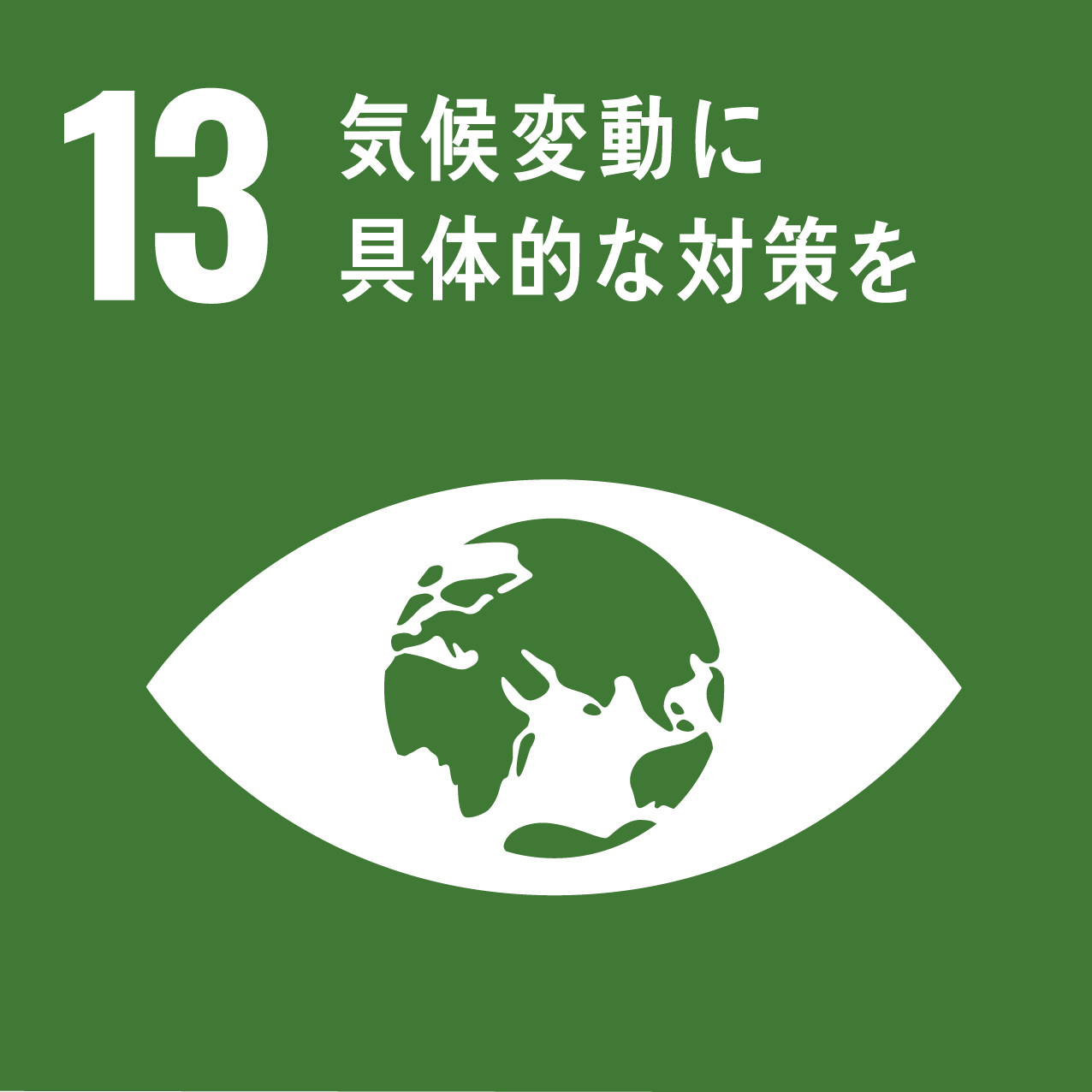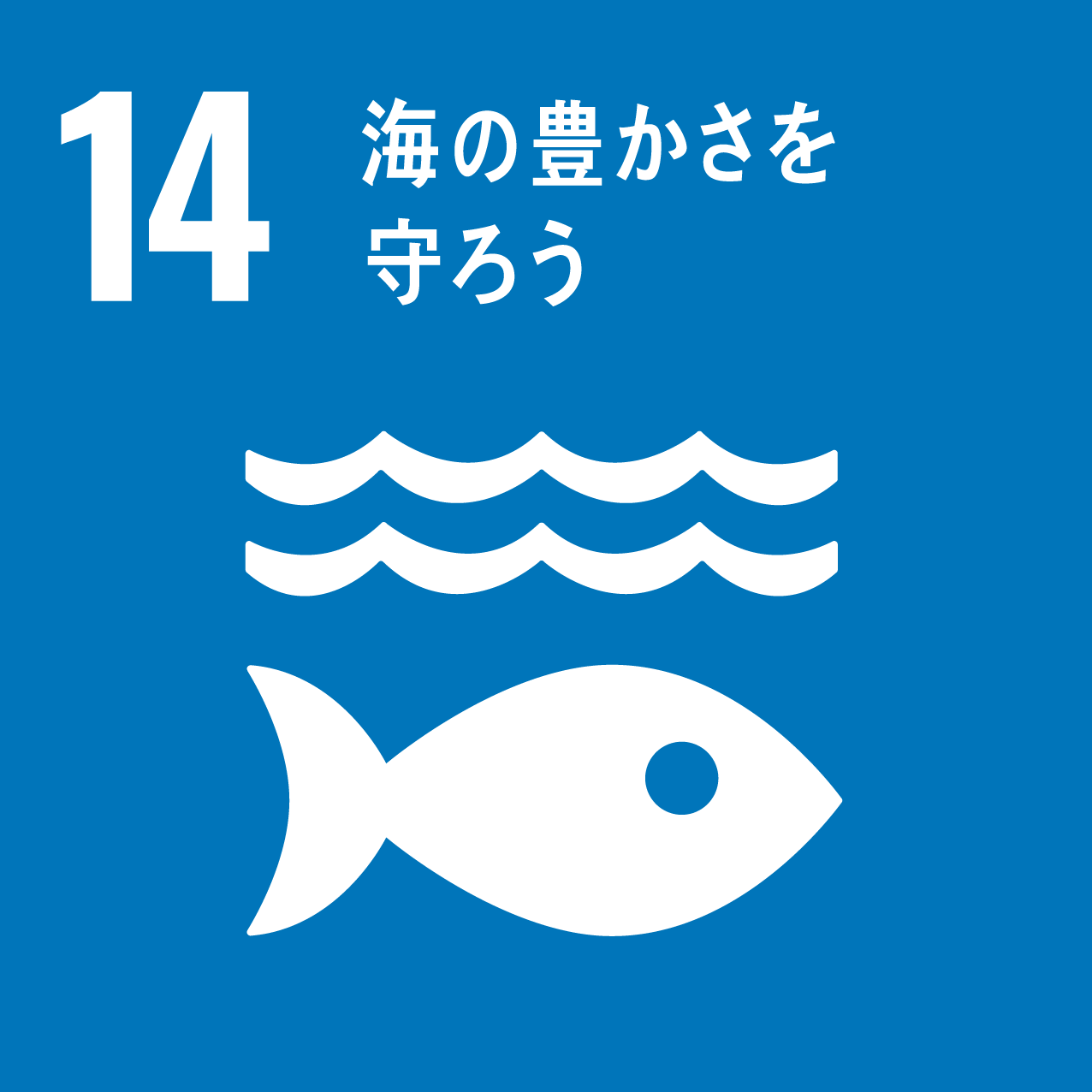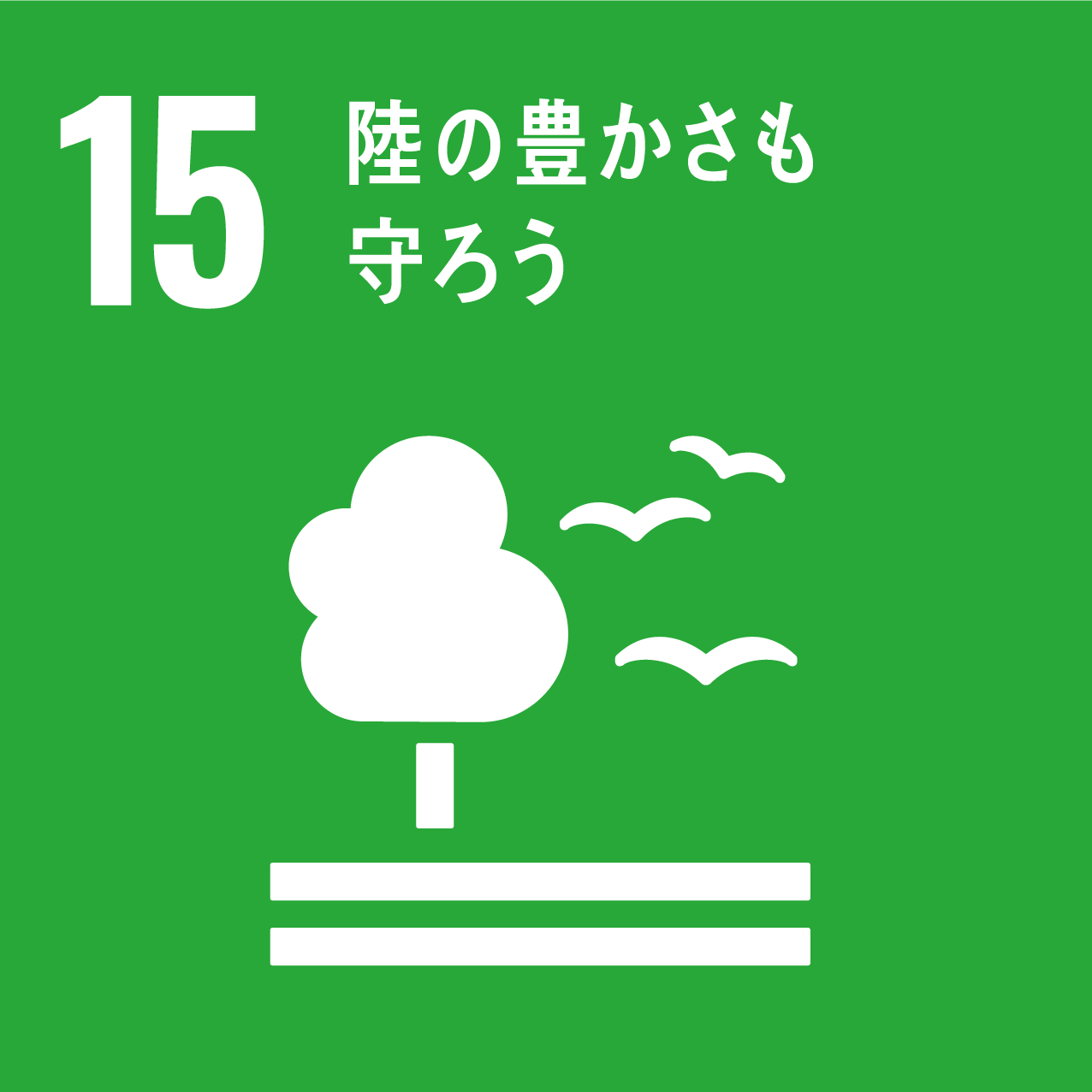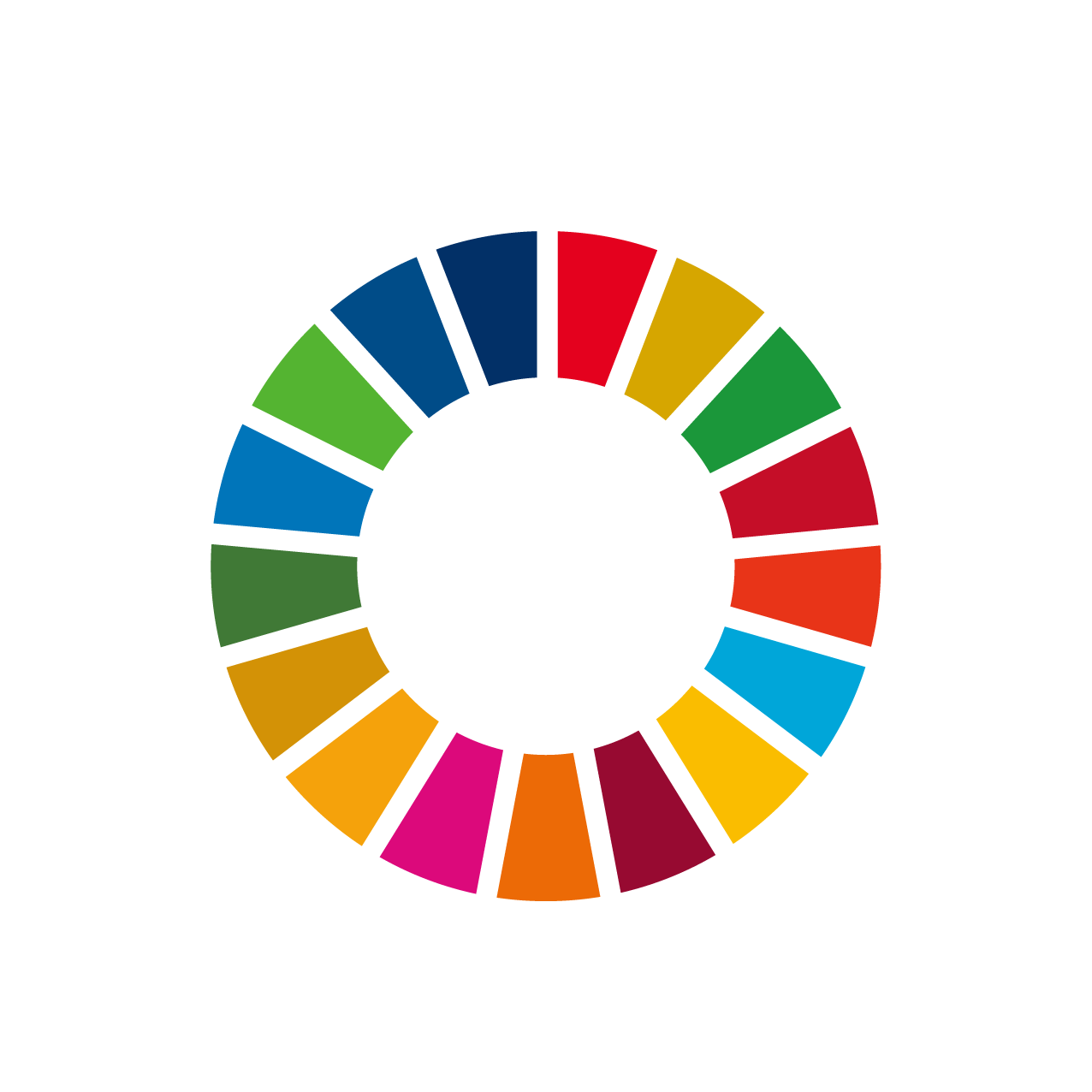- 定義*
Definition -
食料不安の経験尺度(FIES)に基づいて、参照期間中に中程度又は重度なレベルの食料不安を経験した国民の割合として定義される。FIESは、国境を越えて食料不安のレベルを比較するために、「飢餓プロジェクトの声(VOH)」の下で国連食糧農業機関(FAO)によって開発された測定基準である。
It is defined as the share of the national population that has experienced food insecurity, based on the Food Insecurity Experience Scale (FIES), at moderate or severe levels during the reference period.
FIES is a measurement metric developed by the Food and Agriculture Organization of the United Nations (FAO), under the Voices of the Hungry (VOH) project, to compare levels of food insecurity across countries.
*「指標名」と定義は異なる場合があります。詳しくは「作成方法」をご確認ください。



